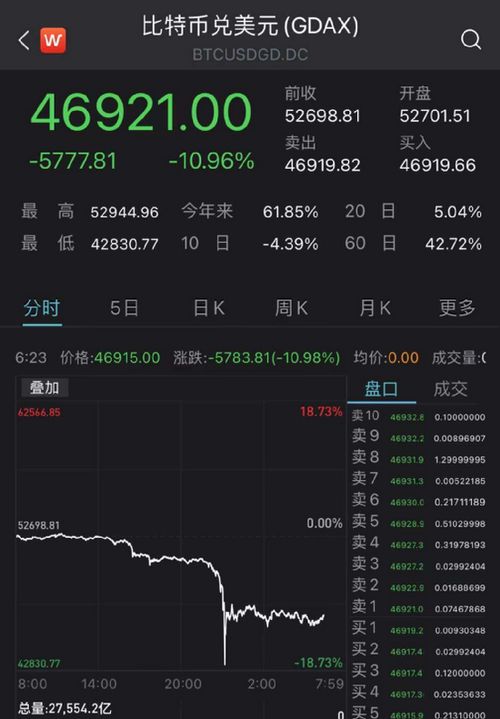Bitcoin's volatile nature has led to several significant downturns throughout its history. Understanding these record declines involves exploring various factors, from market sentiment to technological developments. Let's delve into Bitcoin's most notable price drops and analyze the circumstances surrounding them.
During the infamous crypto winter of 2018, Bitcoin experienced a substantial decline in value, marking one of its most significant downturns. This period followed the remarkable bull run of late 2017 when Bitcoin reached an alltime high close to $20,000. However, the euphoria was shortlived as the market sentiment quickly turned bearish.
Regulatory uncertainty: Governments worldwide began implementing stricter regulations on cryptocurrencies, sparking fears among investors.
Bursting of the ICO bubble: Many initial coin offerings (ICOs) failed to deliver on their promises, eroding investor trust and confidence in the broader cryptocurrency market.
Technological challenges: Scaling issues, high transaction fees, and slow transaction times hindered Bitcoin's usability and adoption.
In March 2020, Bitcoin faced one of its most abrupt and severe declines in history, colloquially known as "Black Thursday." This event coincided with a broader market crash triggered by the onset of the COVID19 pandemic and global economic uncertainty.
Global market turmoil: Investors sought liquidity amid widespread panic, leading to a selloff across all asset classes, including cryptocurrencies.
Margin calls and liquidations: High levels of leverage in cryptocurrency markets exacerbated the downturn, as margin calls forced traders to sell their Bitcoin holdings to cover losses.
Lack of safehaven status: Despite being hailed as "digital gold," Bitcoin failed to behave as a safehaven asset during this crisis, prompting investors to question its resilience in times of economic turmoil.
In mid2021, Bitcoin experienced a significant decline following China's renewed crackdown on cryptocurrency mining and trading activities. This crackdown, coupled with Elon Musk's criticism of Bitcoin's environmental impact, triggered a sharp selloff in the market.
Regulatory crackdown: China's stringent measures against cryptocurrency activities, including banning mining operations in key provinces and restricting financial institutions from offering services related to cryptocurrencies, sent shockwaves through the market.

Environmental concerns: Elon Musk's announcement that Tesla would no longer accept Bitcoin payments due to environmental reasons fueled negative sentiment among investors, highlighting Bitcoin's energyintensive mining process.
Market sentiment: Fear and uncertainty gripped the market as investors feared a broader regulatory crackdown and its implications for Bitcoin's longterm viability.
1.
2.
3.
4.
In conclusion, Bitcoin's record declines offer valuable insights into the complexities of the cryptocurrency market and the factors influencing its price movements. By understanding these historical events and adopting prudent investment strategies, investors can navigate the challenges and opportunities presented by Bitcoin's volatility effectively.
版权声明:本文为 “联成科技技术有限公司” 原创文章,转载请附上原文出处链接及本声明;

